No garden? No problem! In the first of a new series from the Mushroom Guide, Benedict Noel considers why shiitake mushrooms make a great starting point for anyone new to mushroom growing, particularly in an urban environment.
Why grow shiitake mushrooms?
Shiitake mushrooms are well suited to being grown in the city. They don’t take up much space, you can grow shiitake mushrooms indoor and they make a delicious addition to many dishes. Watching each step of the mushroom life cycle unfold before you is a fascinating process. The first time that you see baby mushrooms (pins) emerging from your mushroom blocks, there’s a strong chance that you’ll be hooked.
There are many reasons to grow shiitake mushrooms, particularly if you live in the city. Gourmet mushrooms are delicious to eat, they are full of vitamins and minerals, are high in protein and low in fat. You don’t need much space to grow them; in fact, you can be successful using a small plastic tub or a bucket if you’re living in an apartment.
In most western countries, gourmet mushrooms are considered a high value crop. For example, in Australia you can expect to pay 4-6 times the price of button mushrooms, approximately $50-60 per kg (in the region of £30 per kg). Growing mushrooms requires minimal resources, most types grow well on agricultural waste, such as straw and sawdust. As a bonus, once you’ve finished growing mushrooms on this waste, they will have broken it down into a rich mushroom compost that’s good for your garden.
In this series of guest blog posts, I’ll be sharing topics that at first glance may seem back to front. In my opinion, it’s best to start with fruiting mushroom blocks, as it’s easiest to have some success, to prevent you from getting discouraged.
- Fruiting and harvesting: this section will detail ways to fruit shiitake mushroom blocks requiring no special equipment.
- Inoculating substrate: this section will involve creating your own mushroom blocks from grain spawn. Many commercial operations perfect this step and run viable businesses without creating their own spawn.
- Preparing mushroom spawn: here we will look at creating grain spawn from agar and liquid cultures.
- Working with cultures: maintaining your own mushroom culture library can save you a lot of money and is an interesting process.
So how did I start growing mushrooms?
My interest in mushrooms began after watching a TED talk by Paul Stamets on how mushrooms can save the world. In December of 2014, I decided to dip my toe into the waters of mycology and ordered a correspondence course with Forest Fungi. Shortly after placing the order, I received a package that contained some basic lab equipment and mushroom cultures, along with a cultivation manual that I read with fascination. Within a couple of months, I was producing my first oyster mushrooms and I was hooked.
Since starting out, I’ve helped run a couple of cultivation courses, given presentations at festivals and grown a lot of mushrooms. The main types that I’ve grown are shiitake and oyster mushrooms, but I’ve also grown lion’s mane, pioppino, reishi, enoki, and chestnut.
In June 2018, I took a one week course at What The Fungus in Canada to get an idea of what it takes to grow mushrooms professionally. It’s definitely hard work, but if you work smart, you can make it profitable.
This year I have started ramping up my shiitake production at home, and hope to be producing about 5kg a week to sell to nearby restaurants. I’ve also started experimenting with alternatives to single-use plastics, as it’s the most wasteful aspect in mushroom growing. If things work out with these experiments, I hope to eliminate single-use plastics from my grows by 2020.
If you enjoy experimenting, watching things grow and can handle failure, you will find growing mushrooms a rewarding experience. I think that’s why so many mushroom growers are entrepreneurs, there’s definite overlap in skill sets. In the last few years, there has been an increase in interest of growing mushrooms, but a lot of the information is not easily accessible. I hope that my site fills in some of those gaps.
Based on an original post available here by Benedict Noel at The Mushroom Guide.
 About the author
About the author
The Mushroom Guide is written by Benedict Noel from Perth, Western Australia. He’s been hooked on mushroom growing since watching this TED talk in 2015 and has been building his knowledge and experience ever since. Since starting out, he’s helped run a couple of cultivation courses, given presentations at festivals and grown a wide variety of mushrooms, from oyster and shiitake to pioppino and chestnut.

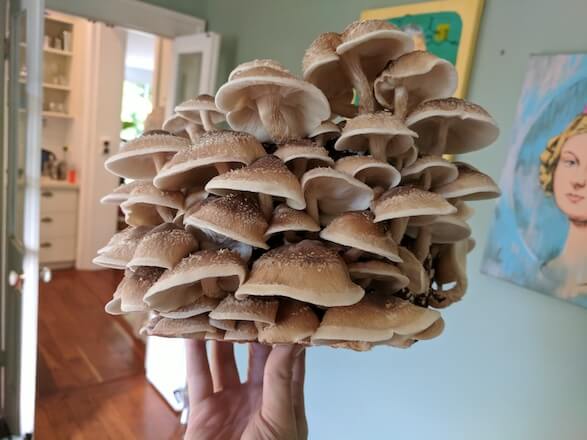

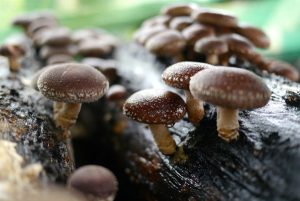
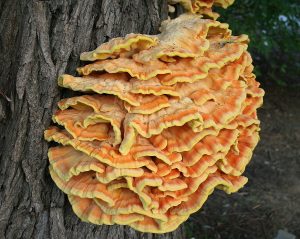
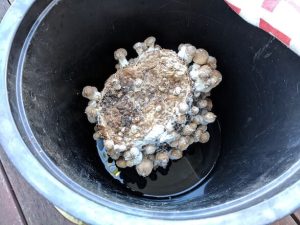
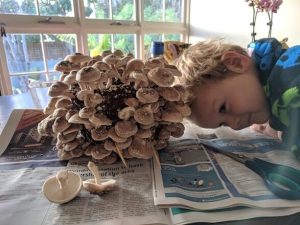
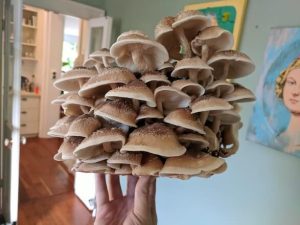
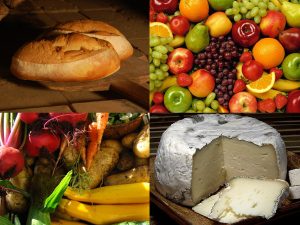
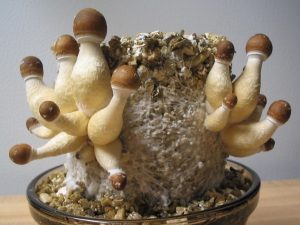
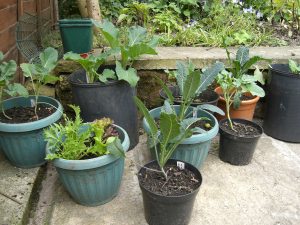
1 Comment
Wonderful blog. Thank you.